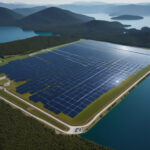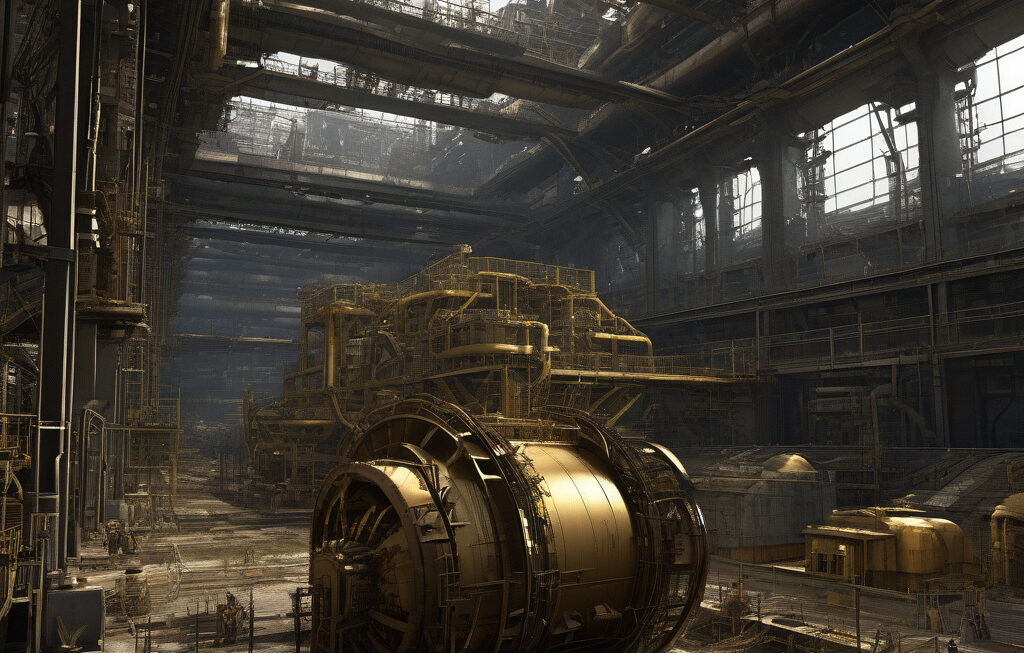US Embraces Cutting-Edge 3D Printing Over Steel in Nuclear Reactor Parts Manufacturing
A novel construction method is taking shape in East Tennessee, where massive, custom-printed molds are revolutionizing the production of nuclear reactor parts. The United States is leading the charge in embracing 3D printing technology to create intricate components for its first-of-its-kind nuclear reactor. This groundbreaking approach marks a significant departure from traditional steel manufacturing processes and ushers in a new era of innovation in the energy sector.
The shift towards 3D printing in the production of nuclear reactor parts comes as no surprise, given the numerous advantages it offers over conventional manufacturing methods. One of the key benefits of 3D printing is its ability to produce complex geometries that are not feasible with traditional techniques. This level of design freedom enables engineers to optimize the performance of reactor components, ultimately enhancing efficiency and safety.
Moreover, 3D printing allows for the customization of parts, ensuring a perfect fit and minimizing waste. In the context of nuclear reactors, where precision and quality are paramount, this level of customization is truly invaluable. By leveraging 3D printing technology, manufacturers can create parts that are tailored to the specific requirements of each reactor, leading to improved performance and longevity.
In addition to its design flexibility, 3D printing also offers cost savings and faster production times. The ability to rapidly prototype and iterate on designs accelerates the development process, allowing for quicker deployment of nuclear reactors. Furthermore, the use of additive manufacturing reduces material waste and energy consumption, making it a more sustainable option compared to traditional manufacturing methods.
The decision to adopt 3D printing for nuclear reactor parts underscores the United States’ commitment to innovation and sustainability in the energy sector. By harnessing the power of cutting-edge technology, the country is not only enhancing its energy infrastructure but also positioning itself as a global leader in advanced manufacturing.
As the first-of-its-kind nuclear reactor takes shape in East Tennessee, it serves as a testament to the limitless potential of 3D printing in revolutionizing traditional industries. The intricate components being produced through this innovative process are paving the way for a more efficient, cost-effective, and sustainable future for nuclear energy.
In conclusion, the US’s decision to ditch steel in favor of cutting-edge 3D printing for nuclear reactor parts marks a significant milestone in the evolution of the energy sector. By embracing this transformative technology, the country is setting a new standard for manufacturing excellence and paving the way for a more sustainable and innovative future.
#US, #3DPrinting, #NuclearReactor, #Innovation, #Sustainability












